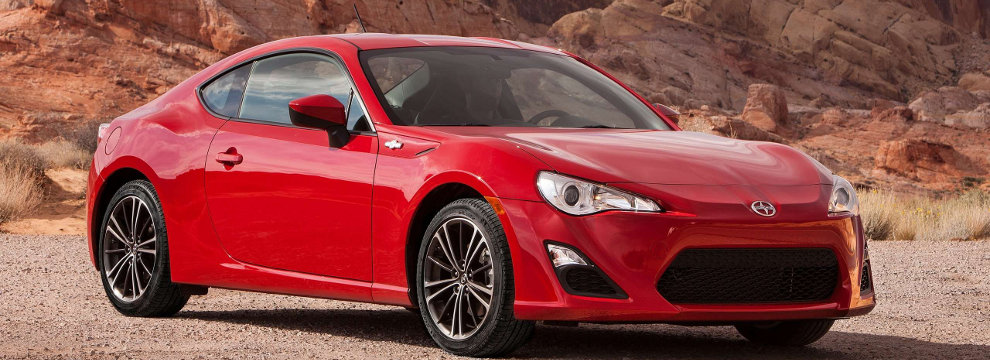
Installing a Radiator
If your radiator is leaking, if it is corroded, or if the fins have been damaged or substantially bent, it is time to think about a replacement or a repair.
You can purchase a new or OEM radiator from a local auto parts store, or online. But you can also purchase a used unit from a used parts dealer, a salvage yard or a private seller. Buying used, if the radiator is in good shape, can save you up to 70% compared to a new unit.
Another option is to have your leaking or corroded original repaired. Your local radiator rebuilder can have your malfunctioning radiator operating and looking almost like new, so check out the expert services that these knowledge technicians provide.
If you find that your radiator needs attention, you can remove it yourself and inspect for damage.
Below are general instructions for removing your radiator. Refer to an online repair service or printed repair manual for exact instructions about how to replace and install a door on your SUV, car, truck or van. Always remember: safety first.
Warning: Make sure the engine and coolant system is completely cool before beginning this procedure. Disconnect the negative battery cable. Remove the cap from the coolant expansion tank. Place a drain pan underneath the vehicle to catch the coolant as it flows out of the system. Drain the cooling system by either loosening the radiator drain fitting or disconnecting the lower radiator hose. If the coolant is in good condition, save it for re-use. (You can check the condition of the coolant with a hydrometer, available online or at your auto parts dealer.) If applicable, remove the puller cooling fan. Apply the parking brake, or put vehicle "in gear," raise the front of the vehicle and put it securely on jack stands. Caution: always use extreme care when elevating and lowering your vehicle. If vehicle has an automatic transmission, disconnect the transaxle oil lines from the radiator. Disconnect the lower and upper radiator hoses by removing the hose clamps. Use a regular pliers or a hose clamp pliers to do this. If the radiator hose sticks, use a pliers to twist the hose near the ends to loosen it, then pull it off. Replace the hose if it is brittle or its walls are weak.
Remove the bolts that secure the radiator to the vehicle. Carefully lift out the radiator, being careful not to spill coolant, or scratch the paint on your vehicle. Make sure the rubber radiator insulators remain in place; you will need them for reinstallation.
Remove dirt, debris, and bugs from the radiator using compressed air and/or a soft brush, being careful not to bend the radiator fins. Take the unit to a professional radiator recoring/rebuilding shop to have it repaired.
To reinstall your rebuilt, new or used radiator, make sure the rubber radiator insulators are free of dirt and gravel. Seat the radiator correctly on the insulators. Reinstalling the radiator is the reverse of installation.
Refill the system with a 50/50 mixture of water and anti-freeze. To remove any air from the system, squeeze the upper radiator hose. With the engine still running, turn on the heater blower motor and turn up the heater to maximum. If you feel warm air, it indicates you have purged all of the air out of your cooling system. Add more of the water/coolant mixture until you have reached the "hot" level on the reservoir.











